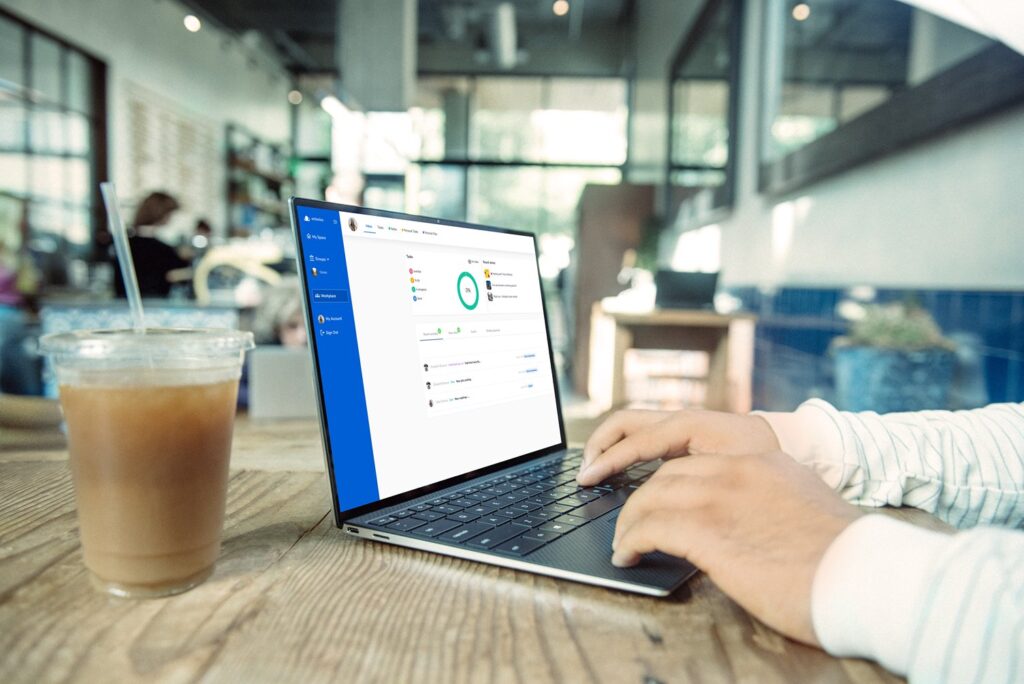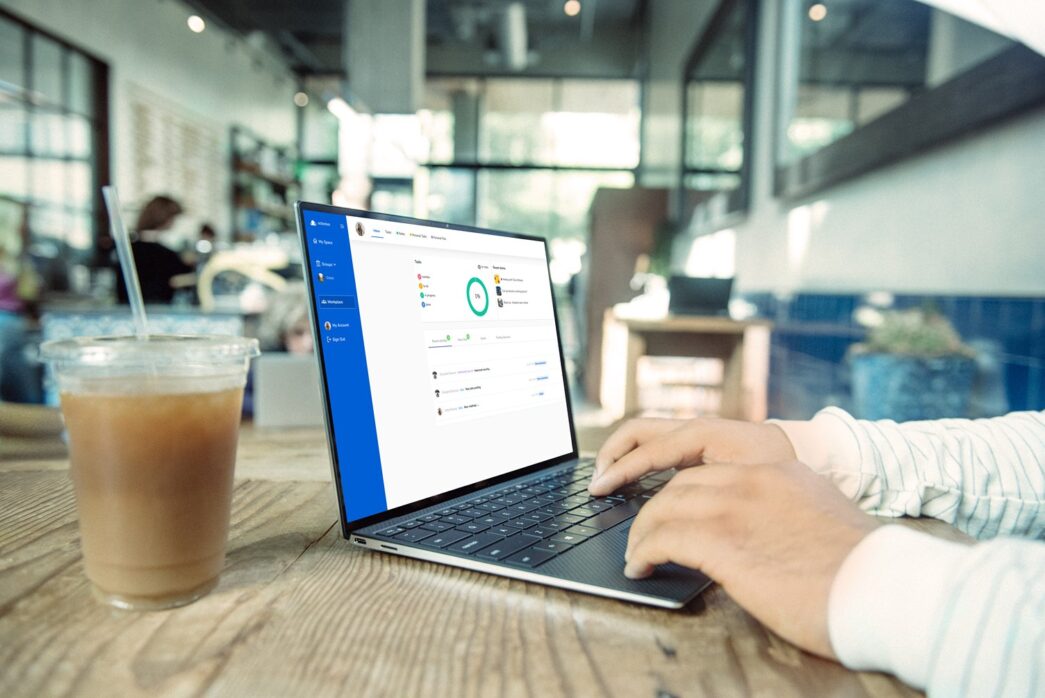What is Asynchronous work?
A solution to boost employee productivity, which improves concentration and work reconciliation.
In a landscape where some companies, including giants like Amazon, advocate for the return of in-office work, Forbes’ projections paint a different picture.
By 2024, more than 24% of the active population, a staggering 1,870 million people, is expected to choose remote work, with a forecasted leap to 73% of company departments embracing remote employees by 2028.
Despite initial reservations about worker productivity, telecommuting has proven its efficiency, thanks in part to the rise of “asynchronous work” or “nonlinear” approaches, as highlighted by Trends magazine.

This revolutionary method reshapes how remote employees approach their tasks, discarding the traditional linear schedule inherited from the Industrial Revolution.
Asynchronous work empowers employees to structure their hours for optimal productivity, promoting a healthier work-life balance.
One of its notable advantages lies in leveraging the energy peak of early risers, allowing for breaks during less productive hours, ultimately maintaining a consistent workflow. Moreover, the absence of office noise significantly enhances concentration and productivity.
In an asynchronous environment, communication becomes more concise and effective, minimizing distractions such as chat messages, while eliminating the need for unnecessary face-to-face meetings.

However, the success of asynchronous work hinges largely on individual responsibility in fulfilling their workday.
It’s this self-discipline that allows employees to harness the benefits of flexibility while ensuring a seamless and productive work experience.
As we navigate the changing dynamics of the modern workplace, asynchronous work emerges not just as a facet of remote work but as a pivotal solution for heightened productivity and improved work-life integration.

One notable platform facilitating the seamless transition to asynchronous work is Octonius.
With its user-friendly interface and robust features, Octonius streamlines collaboration in a virtual environment.
By providing a centralized hub for task management, document sharing, and team communication, Octonius enhances the efficiency of asynchronous work.
The platform’s intuitive design fosters clear communication, ensuring that team members stay connected without the need for constant real-time interaction.
Through Octonius, individuals and teams can navigate the challenges of remote collaboration, embracing the advantages of asynchronous work while maintaining accountability and productivity in a synchronized manner.















